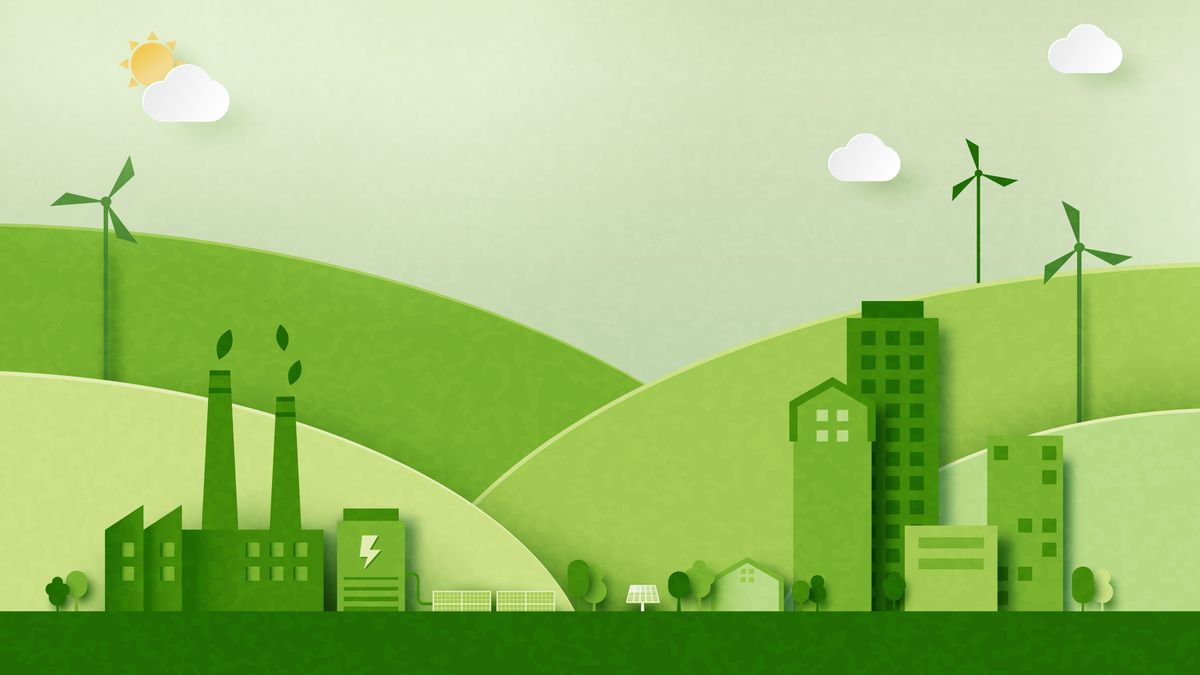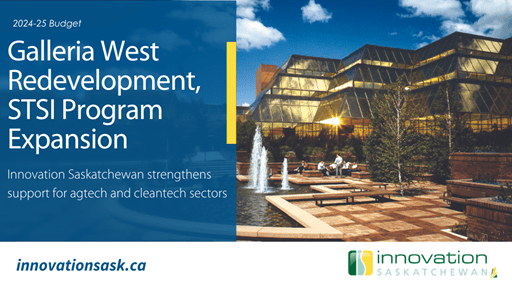Building a sustainable business model in tech

As environmental concerns become a core focus across all sectors, leaders aiming to build a sustainable business model in tech need to draw up plans for taking this from an aspiration to a reality.
Customers are increasingly looking to spend their money with businesses that can demonstrate strong sustainability credentials. Customers are willing to question whether some strategies, like carbon offsetting, are really evidence of a sustainable business model and will shop around to find businesses with in-depth, holistic commitments to sustainability at the heart of their operations.
There are a number of steps leaders in tech can take to adopt a sustainable business strategy, ranging from strategic shifts to rolling up their sleeves and conversing with partners to uproot practices.
Defining sustainability for business
It is important to understand up-front how sustainability is defined in the context of a sustainable business. Carmen Ene, CEO of the BNP Paribas 3 Step IT joint venture puts it very clearly, telling ITPro, “If by “sustainability” we mean what was defined in the UN Brundtland Report as “meeting the needs of the present without compromising the ability of future generations to meet their own needs”, then there’s definitely more to it than just the economic benefits of net zero or energy efficiency.
“From my perspective, building a holistic sustainability-focused business model today involves, first and foremost, carefully considering how resources are used to maximize their full lifecycle impact,” Ene continues.
By this measure, building a sustainable business model in tech can only be achieved by embedding sustainability across every process within a business, or at the very least considering each process in the context of its environmental impact.
Sustainable business model: A holistic approach
For sustainability to be truly embedded within the business it has to be holistic: central to everything the business does. Sustainable operation must be a core business objective. Step one in achieving this for leaders is measuring the sustainability performance of their firm as it is, to draw up benchmarks and inform deadlines for improvement. This will feed into environmental, social and governance (ESG) reporting and can inform big data analytics results as leaders use all the tools in their disposal to optimize their approach.
This can then tie into Ene’s recommendation regarding the lifecycle impact of specific business processes, as leaders work to lessen the climate impact of all their workloads. This also applies to third-party services and those achieved through the channel. While the IT channel is already working to improve the supply chain’s sustainability credentials, leaders have a responsibility to engage with all customers and partners on an equal footing to get a handle on their short-term and long-term sustainability goals.
In addition to the pressure exerted on the business by customers, stakeholders may place an emphasis on firms to adopt a more sustainable approach and hold them to account in the event of leaders missing key targets.
Professor Luciano Barin Cruz, director of the sustainability mindset at McGill-HEC Montreal’s Executive MBA, tells ITPro that an holistic approach to sustainability can be challenging to implement and will necessitate the attention of all those at the top of an organization. At present, the majority of firms are missing business sustainability goals and getting there
“We shouldn’t think any more about separate general and sustainability strategies. Sustainability strategies must be aligned with the general strategy. And a company’s board and top management must be involved. Sustainability implies a major governance challenge – it is the responsibility of all directors and board members. The level of data collection, KPI evaluation and impacts from ESG factors oblige top management to take full responsibility over sustainability results.”
This may mean a strategic rethink of the business aims and objectives, its mission, and how it goes about day-to-day activity. It may mean a reformulating of financial strategy and reporting, and a much better understanding of how the business fits into its supply chain and customer base, and what it expects of its own suppliers and the businesses it supplies to.
Some roles may be have to take on more responsibility than others when it comes to building a sustainable business model. CIOs can get a grip on sustainability through IT audits and cloud audits that reveal inefficiencies in workloads or even undertake digital transformation projects to take advantage of solutions like green data centers.
As cutting-edge technologies implemented, tech leaders will also have a chance to factor these into their sustainability model from day one. For example, generative AI workloads can bring massive energy demands, demanding a strong implementation strategy from chief AI officers or those in similar roles.
Cruz suggested two business models leaders could consider: the circular economy model – which is focused on reducing waste and maximizing resource efficiency and the social enterprise model, which integrates business and society. This could be realized as companies reinvesting earnings to help address social or environmental issues. Whatever model leaders choose, Ene, whose BNP Paribas 3 Step IT adopts the circular economy model, is clear that “A holistic approach to building a sustainability-focused business model requires a shift in thinking; there’s no doubt about it.”
Sustainable business model: Getting there the right way
Building a sustainably focused business model cannot mean simply bolting various features onto the existing business model. Carbon offsetting is one strategy some have used as a bolt-on, and there are plenty of examples of where the offsetting doesn’t achieve sound environmental outcomes.
While bolt-ons aren’t advisable, the holistic change required can be by achieved incremental means. Ene tells ITPro, “organizations risk getting stuck and delaying plans even further by trying to enact exclusively systemic changes – root and branch – from day one.” She advocates making practical changes that are tactically and strategically sound in the context of a sustainably focused business model.
Some of the changes can influence organizational behaviours by dint of their fundamental nature. Cruz gives ITPro two examples:
“In Québec, Energir, an energy company, started a program recently to define part of the directors’ remuneration according to their ability to reduce CO2 emissions and Patagonia has created a business model in which reuse and recycling have an important role in its worn wear project, as well as by changing the ownership structure of the company.”
Sustainable business model: Not ‘if’ but ‘when’
As the customer’s mind turns further and further away from businesses that don’t have strong sustainability credentials, the imperative to embed these into the core of the business will get greater. They will get more market share, as business bet on sustainability to mitigate against future disruption.
“Change is never easy, but it’s sometimes inevitable,” says Ene. “And if true resilience is what we are talking about it, then business leaders must acknowledge that the traditional, linear way of doing business – buying, using, throwing away – might look convenient, but it’s unfortunately no longer fit for purpose.”
All the signs are that the future of business is sustainable business models. With that in mind, taking a careful, strategic, holistic approach to building a sustainability focused business might be a very smart business move.



